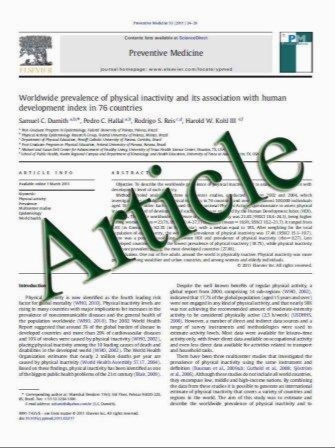Resection frequency map after awake resective surgery for non-lesional neocortical epilepsy involving eloquent areas
- نوع فایل : کتاب
- زبان : انگلیسی
- مؤلف : Young-Hoon Kim & Chi Heon Kim & June Sic Kim & Sang Kun Lee & Chun Kee Chung
- چاپ و سال / کشور: 2011
Description
Background The resection of eloquent areas is challenging due to postoperative neurological deficits. The purpose of this study was to assess the efficacy and risk of awake brain surgery for non-lesional epilepsy involving the eloquent areas or their adjacent areas and to advocate the generation of a resection frequency map. Methods We enrolled 55 patients who underwent awake surgery between 1994 and 2007 for non-lesional epilepsy involving the primary sensori-motor or language areas. All patients underwent two-staged operations including subdural electrode monitoring and awake resective surgery. For each case, the preoperative and postoperative images were spatially normalized and compared on a standard atlas, and the resection map was then computed by summing up each resected area on the atlas. Results The postoperative seizure outcome was Engel class I in 27 patients (49.1%), II in nine (16.4%), III in 14 (25.5%) and IV in five (9.1%). Ten patients (18.2%) experienced postoperative neurological deficits including seven transient (12.7%) and three permanent, but mild ones (5.5%). The neurological complication rate of purely eloquent area resection was 36.8% (7/19). The resection frequency map computed in this study showed that the resection of eloquent areas was tolerable, with the exception of the Broca’s area. Conclusions Awake resective surgery with intraoperative brain mapping is an effective and safe treatment option for non-lesional epilepsy involving eloquent areas. The resection frequency map can show the resected area of a group as well as individuals and provide an objective measure of neurological risk.
Acta Neurochir DOI 10.1007/s00701-011-1074-6 Received: 22 February 2011 / Accepted: 15 June 2011


